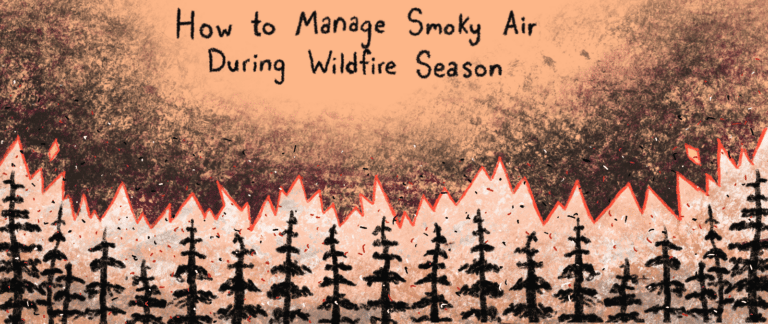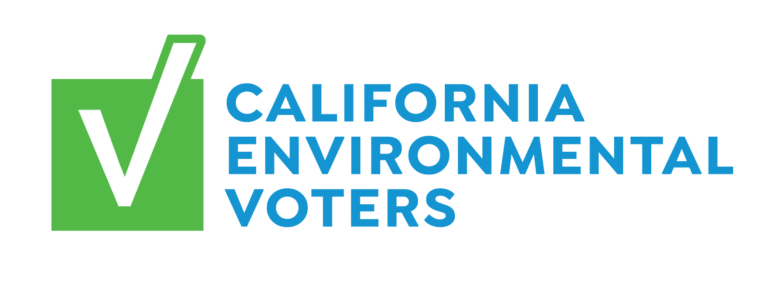
Here in California, we are hitting peak wildfire season.
The McKinney Fire in Northern California, the largest wildfire in the state this year, has burned over 60,000 acres and killed at least four people.
While wildfires are a natural part of the California landscape, the impacts have become much more disastrous and tragic because of the climate crisis and the 120-year history of ignoring sustainable fire prevention practices championed by indigenous peoples.
Wildfires are not just dangerous for people in the direct line of fire or whose homes reside outside of evacuation lines.
You notice the red haze in the air. You see the soot on the ground. And that smell. Your nose bristles at it, and you double check to see if your window is shut tight.
Wildfires wreak havoc on our air quality, which threatens all of our livelihoods. Air pollution can lead to anything as mild as eye or throat irritation or as serious as heart attacks, cancer, and respiratory issues, with children and older adults the most at risk. In fact, breathing heavy wildfire smoke might be just as bad as, or worse than, smoking cigarettes. And a recent report found that forest fires burn almost twice as many trees as just 20 year ago!
It’s important to keep an eye on the air quality in your area when there is a wildfire in the region to determine how safe it is to breathe the air outside. The Air Quality Index, which the EPA created to update the public on the cleanliness of their air, measures on a scale of 0 to 500 the prominence of five major pollutants — the lower the score, the better. The air quality starts to get dangerous when the Index hits triple digits.
There are many ways to check air quality.
- The EPA’s AirNow.gov website and app gives you quick air quality data.
- With the South Coast AQMD’s (Air Quality Management District) mobile app, you can receive alerts when there is poor air quality in your neighborhood or an extreme air quality event.
- PurpleAir provides crowd-sourced air quality data.
Here are some tips for dealing with wildfire smoke and air pollution:
- If you can, stay indoors with windows and doors shut and the AC on continuously.
- Try running an air purifier or even creating a “Clean Room” in your home.
- Or, if you’re out, spend your time at indoor public places with good air quality and air filtration systems like libraries and shopping malls.
- Take a break from strenuous outdoor activities, especially when the Air Quality Index passes 150.
- Maybe return to wearing that N95 or other well-fitting mask outside to avoid breathing in the smoke.
- Drink lots of water and don’t smoke cigarettes.
Resources


